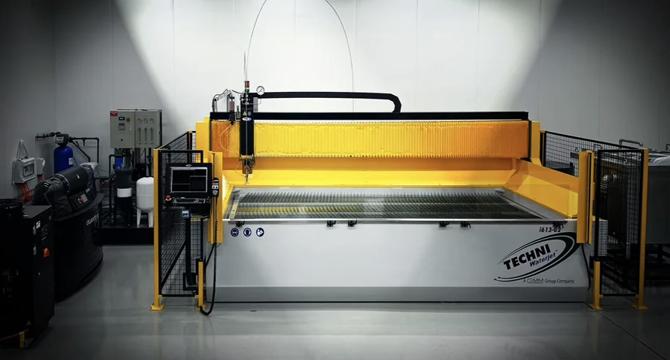TheStartupMag
3w
210

Image Credit: TheStartupMag
The Startup’s Guide to Waterjet Cutting: A Smarter Way to Build Without Limits
- Waterjet cutting offers flexibility and adaptability for startups by providing precision, material versatility, and budget-friendly solutions.
- It uses high-pressure water streams to cut various materials cleanly without heat, making it a preferred choice for early-stage manufacturers.
- Waterjet cutting can handle a wide range of materials including metals, composites, plastics, rubber, glass, stone, wood, and more.
- The process involves pressurizing water, adding abrasive for harder materials, focusing the jet through a nozzle, and eroding the material to create parts.
- There are pure waterjet systems for soft materials and abrasive waterjet systems for hard materials like metal, glass, and stone.
- Waterjet cutting offers competitive tolerances, high dimensional accuracy, and minimal material waste compared to other cutting methods.
- Benefits for startups include cold cutting without heat-affected zones, the ability to cut almost any material, and low setup costs.
- Design rules for waterjet cutting include avoiding sharp corners, accounting for kerf width, and incorporating safety precautions.
- Waterjet cutting is environmentally friendly with no toxic emissions, recyclable water, and reduced waste compared to other methods.
- Waterjet technology is widely used in aerospace, automotive, architecture, manufacturing, food, art, marine industries for various applications.
Read Full Article
12 Likes
For uninterrupted reading, download the app